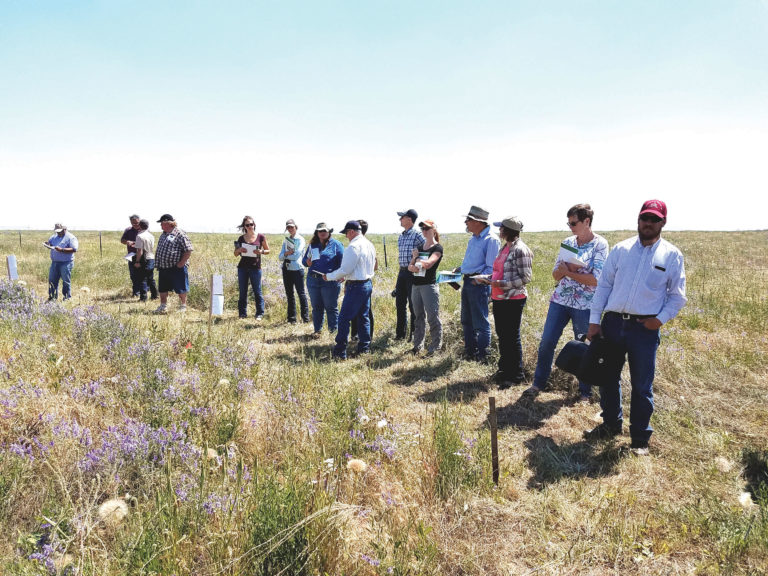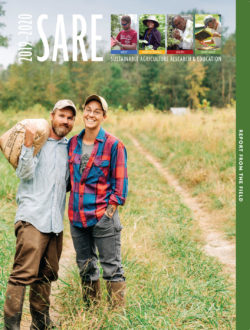"The knowledge gained with our research and education activities is providing ranchers low-cost and environmentally sound tools to reduce medusahead invasions and enhance ecosystem services."
Juan Villalba, Utah State University
THE CHALLENGE
Frequent fires and invasive weeds in the Channeled Scablands of eastern Washington are degrading rangelands and threatening the livelihoods of ranchers who raise cattle there. Over the last 25 years, the invasive species medusahead emerged as the most dominant weed in the region. The expanding presence of this annual grass has caused a sharp decline in forage quality and stocking rates of cattle, conditions that are hurting the profitability of ranching. One rancher reported that he has cut his stocking rate by 50% since 1990. As pastures degrade, related ecological problems are arising, including an increased risk of wildfires, reduced habitat for wildlife and the loss of important pollinators.
THE ACTIONS TAKEN

Rangeland specialists with Utah State University and the USDA Agricultural Research Service partnered with ranchers to tackle the problem of medusahead from two directions. First, they studied perennial grasses and forbs that could be planted to compete with medusahead, provide quality forage and improve the resilience of rangelands. Then, they evaluated management techniques that would encourage cattle to eat medusahead and gradually shift the plant composition of pastures away from invasive weeds and toward the best perennial forages they identified. Both projects were conducted on working ranches and were funded by multi-year SARE research grants spanning 2013 to 2017.
The idea behind the management techniques was to create a positive loop that would gradually restore rangeland health. First, cattle would graze in areas infested with medusahead. This grazing creates favorable conditions for planting new species, so ranchers would come into those areas after their cattle and seed them with perennials. Eventually the ranchers would rotate their cattle between these improved areas and the areas still infested with medusahead, and would repeat the seeding process.
THE IMPACTS
The initial results of these projects have been highly encouraging, and ranchers in the area have started to pay attention. “Stakeholders understand the serious implications of invasive species and are very receptive to the work we are doing in this region,” says ARS scientist Kip Panter, who led one of the projects. Impacts include:
- Improved forage production: In the first project, researchers found that perennial grasses improved forage production and quality of pastures by 25%, and that medusahead did not reinvade those areas.
- Stakeholder engagement: A field day demonstrating this research brought together 45 ranchers and Extension professionals, and both fact sheets and a website were developed. One of the projects trained eight undergraduate students and two graduate students.
- Rancher adoption: Participating ranchers had planted perennials on 600 acres by the end of the first project in 2015.
Visit the database of project reports to learn more about these SARE-funded projects: OW13-005 and SW15-003.
